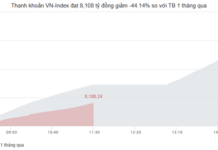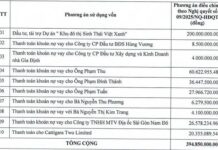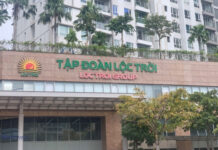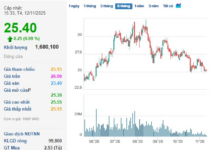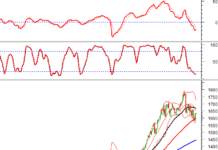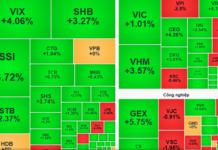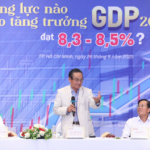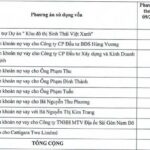On September 26th, during the third Vietnam Economic Forum 2025 themed “What Drives GDP Growth of 8.3–8.5%?”, organized by the Labor Newspaper, Prof. Dr. Hoàng Văn Cường, a member of the Prime Minister’s Policy Advisory Council, emphasized: “Public investment acts as seed capital, fostering trust to attract private investment and fueling stronger economic growth.”
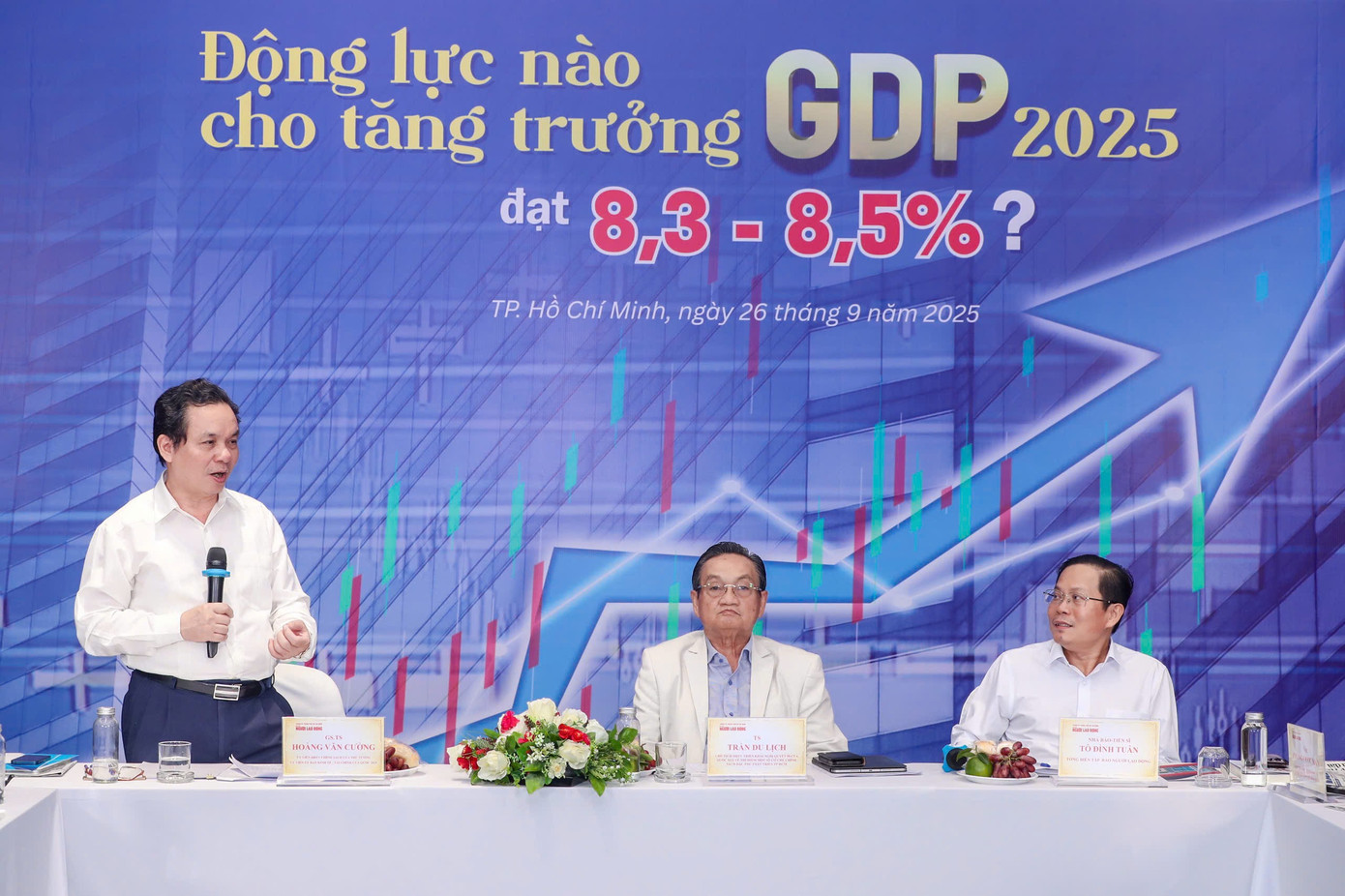
Prof. Dr. Hoàng Văn Cường, a member of the Prime Minister’s Policy Advisory Council, speaks at the forum.
However, Mr. Cường noted that approximately 2,200 public and private investment projects, totaling over 6 million trillion VND, remain stalled due to legal and infrastructure hurdles. He believes unlocking this massive capital could provide an immediate boost to the economy.
High expectations are pinned on expressway infrastructure. If completed on schedule, the expressway and seaport network will create a powerful ripple effect, positioning Vietnam as a regional logistics hub. “Yet, disbursement must be selective to avoid inflationary pressures,” Mr. Cường cautioned.
Mr. Nguyễn Anh Tuấn, Deputy Director of the Institute for Economic and Financial Policy and Strategy at the Ministry of Finance, analyzed that monetary policy swiftly impacts credit and consumption, while fiscal policy has a longer lag but broader reach in production and investment.
“Achieving 8.3–8.5% growth requires strict budget discipline, conditional spending, and flexible coordination with monetary policy. These pillars are essential for macroeconomic stability and inflation control,” Mr. Tuấn stressed.

Ho Chi Minh City develops transportation infrastructure projects (pictured: the Bến Thành – Suối Tiên Metro Line – photo: Duy Anh)
Dr. Cấn Văn Lực, Chief Economist at BIDV, argued that in a fiercely competitive global landscape, Vietnam cannot rely solely on traditional investment. Digital transformation and technology adoption must be accelerated to enhance productivity. Additionally, green growth and climate change adaptation are imperative.
Mr. Lực also highlighted that economic powerhouses like Ho Chi Minh City, Hanoi, and Da Nang must grow 1.2–1.3 times faster than the national average to lead the way. Simultaneously, promoting supporting industries will strengthen domestic enterprises within the global value chain.
While deeming the 8.3–8.5% target feasible, Mr. Lực recommended preparing for a lower scenario of around 8%. “To achieve this, both consumption and investment must be significantly stimulated. New drivers like the digital economy and labor productivity improvements will be key,” he stated.
Dr. Trần Du Lịch emphasized that, in the current context, the most critical factor is building trust for the market and businesses. As the Party, State, and Government have repeatedly stressed, unblocking the economy requires removing institutional bottlenecks—“clearing the blockages of blockages.”
Despite numerous important resolutions, their real-world implementation demands strong political commitment, such as successfully executing the two-tier government model. Resolutions like Resolution 68 on private sector development and Resolution 57 on science and technology only hold value when effectively enforced, driving tangible change.
“I believe the Government’s push for transportation infrastructure projects is pivotal, as infrastructure not only reduces logistics costs but also enhances corporate competitiveness, laying the foundation for long-term development,” Mr. Lịch noted.
Tomorrow’s Stock Market, September 26: Seizing Investment Opportunities in Attractive Stocks
Vietnamese stocks on September 25 witnessed a divergence in capital flows across sectors, presenting investors with opportunities to strategically allocate funds in the upcoming September 26 session.





